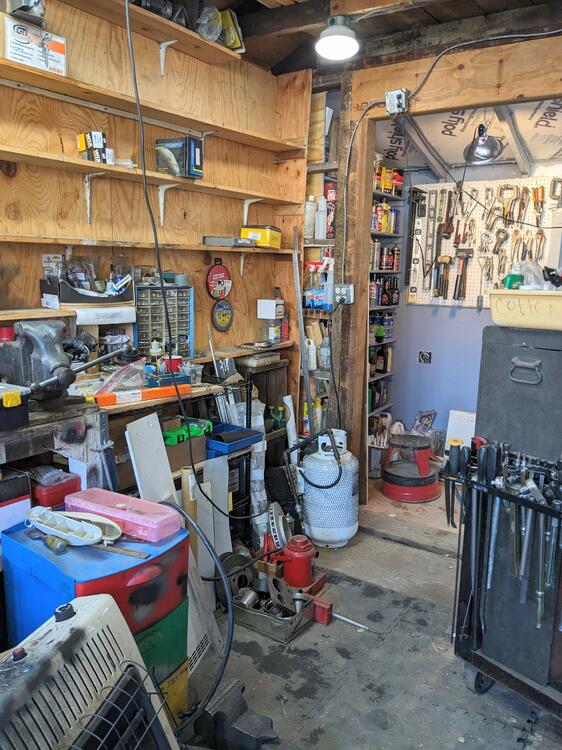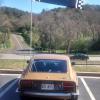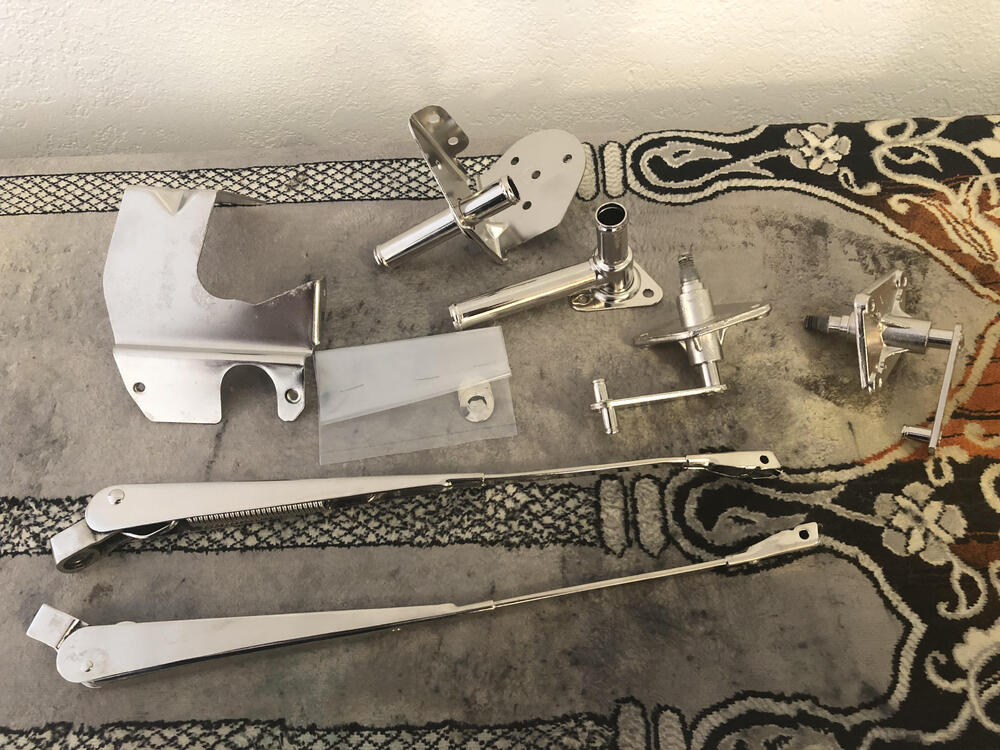As to a great change or reversal of beliefs, I have to say no. Having spent the better part of 30 years working in the Engineering Design environment of large corp. structures, Mr. Uemura’s story made me feel right at home.
I see both Mr. Uemura and his team, as well as Mr. Matsuo and his team in quite a different light than the one you portray. Much more along the lines of the actual work environment; - Take Management Direction, Salute, and Execute. Design A New and More Modern Sports Car For Nissan To Sell.
From Mr. Uemura’s story, I see the engineering development team excited and happy to play a part in the development of A New Sports Car that would be put into production. The only conceivable “family” of variants I could think of were created by the Domestic and Export Sales Departments. They had more to do with the definition and range of models, with standard & optional equipment that would comprise the Model Line at the Dealerships.
Some quotes from Chapters 2 - Before Development of the Datsun 240Z & 3 - Development of The Datsun 240Z.
"At that time, the Styling Section, looking for a design for the new sports car, started preparing
for developing the new sports car by building some clay models, including both open and
closed models of two-seater cars.
The executives, however, did not immediately give their approval for developing the new sports
car. Then-president Katsuji Kawamata had a consistent belief: “A sports car is not for making
profits but to act as a showcase for our company.” I think that he thought the company did not
have to take this sort of risk, because Nissan already had two sports car models: the Datsun
Sports and the Silvia.
On the other hand, there was a strong desire for a new model in the US market, the Datsun
Sports’ main market. This was due to the large number of complaints regarding the existing
Datsun Sports, which we were asked to eliminate by bringing out a new model.
In Chapter 3 - Development of the Datsun 240Z
for example: Mr. Uemura writes
"In April 1967, Hajime Suitsu, the Chief Engineer, held a talk with the leaders of the
Engineering Department who controlled the production, and they came up with the
development course of the new sports car, as follows:
a) Development shall be completed in time for shipment in August 1969.
b) The retail price in North America shall be 2,546 dollars.
c) The car shall be profitable in North America.
d) The initial cost shall be estimated on the assumption that 1,000 units will be
produced in a month and the cost will be amortized over two years.
e) The capacities of the facility shall be 2,000 units per month.
f) The base model shall be equipped with a 1600 cc four-cylinder engine.
g) As a high-performance specification model, a vehicle equipped with a 2000 cc
six-cylinder engine shall be added.
h) The new model shall be produced by Nissan Shatai, as with the current
Datsun Sports.
While the Domestic Sales Department desired a performance car that could compete with the Toyota 2000GT in terms of performance, this set out the basic policy that a profitable new model mainly targeted for the North America market, rather than for hardcore car fans, would be developed.
On June 8, 1967, the first liaison meeting for the next-generation sports car was held.
A total of about 20 people from the design sections and the modeling, trial production,
testing, body and outfitting departments, as well as those from Nissan Shatai who
were in charge of development and production were called in for this meeting. They
were given the fundamental plan by Suitsu, and the specifications and the layout chart were distributed. In this meeting, he spoke to them, saying, “We will develop three types for this model: a two-seater coupe, a two-seater convertible, and a 2+2 coupe, and give first priority to the two-seater coupe. We would like to make an unconventional car that leads the sports car market by aiming at a top speed of at least 124 mph
(200 km).” This served as the formal kick-off in the Design Department.
The model was developed following a rigid schedule. For example, the drawings of bulky parts
(cast, forged, and stamped parts) had to be released by the end of July, and the first
prototype vehicle be completed by the end of November. Suitsu gave us a pep talk,
saying, “If it’s difficult to meet a deadline, don’t struggle with it alone. Talk with me
and we will hammer out ways to deal with it.”
- end quotes - - -
The Book was priced at a very low price point - so every enthusiast could easily afford to enjoy it.
https://www.lulu.com/search?page=1&q=Datsun+240Z&pageSize=10&adult_audience_rating=00
 Subscriber
Subscriber 7Points11,142Posts
7Points11,142Posts Subscriber
Subscriber 3Points1,935Posts
3Points1,935Posts



















